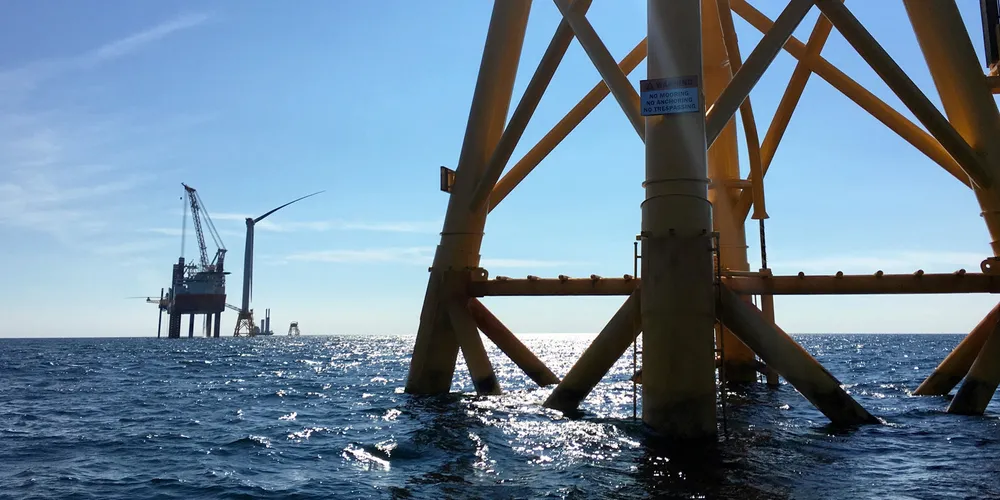'A pivotal year:' US offshore wind gets building for the big time at last in 2022
IN DEPTH | After high-profile delays, the sector will start work in earnest on its first large scale projects – and hope the supply chain can keep pace, writes Tim Ferry
